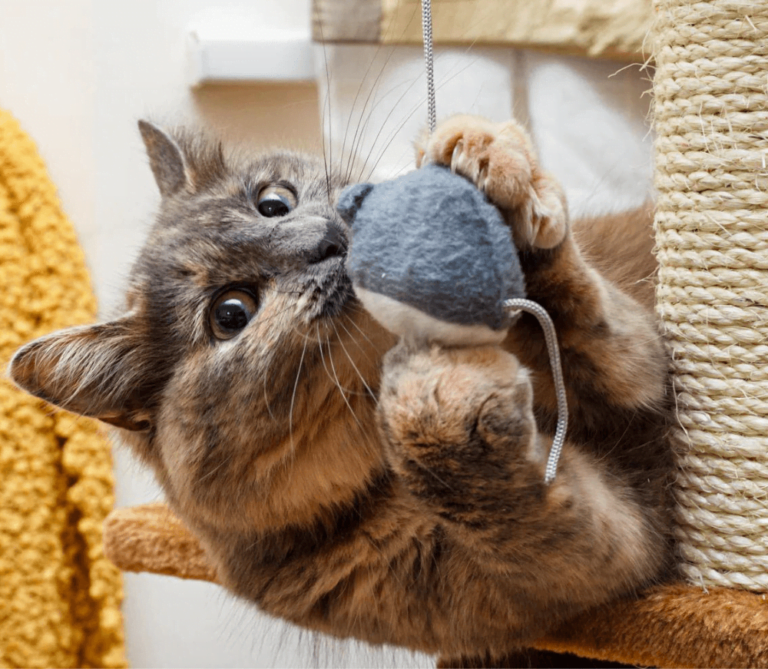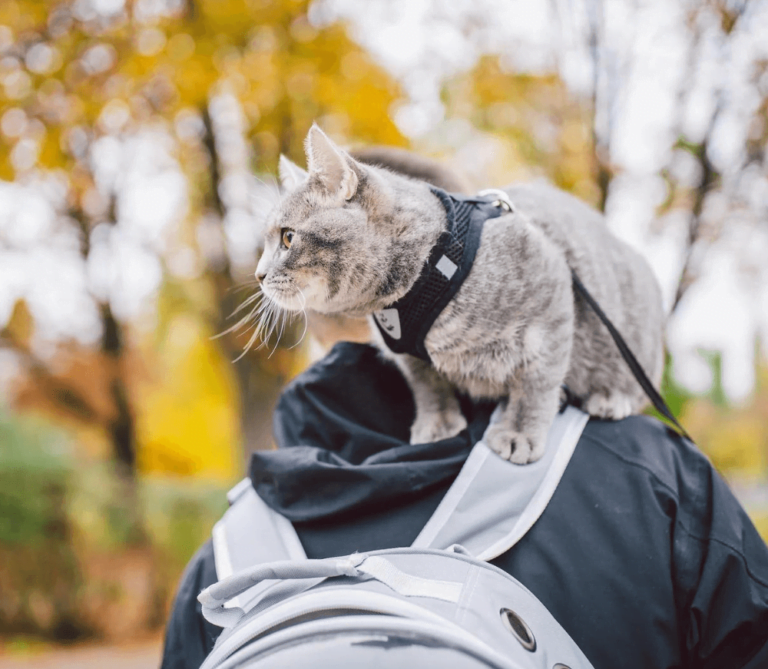Urinary tract infections (UTIs) can affect both cats and dogs, and understanding them is crucial for effective treatment. “Urinary Tract Infections (UTIs) in Cats and Dogs” provides essential information on recognizing the symptoms and causes of UTIs in pets. This guide explains how to identify signs of a UTI, such as frequent urination and discomfort, and the best ways to seek veterinary care. By learning from “Urinary Tract Infections (UTIs) in Cats and Dogs,” you can ensure timely intervention and proper management of the infection. Understanding the treatment options and preventive measures will help keep your pet healthy. For comprehensive advice on handling UTIs, refer to “Urinary Tract Infections (UTIs) in Cats and Dogs” to support your pet’s well-being.
What Is a UTI?
Urinary tract infections (or UTIs) in dogs and cats are a common type of bacterial infection of the urinary tract. This can occur when a variety of non-native bacteria get past the body’s natural barriers and into the cat or dog’s urinary tract—most commonly, naturally occurring bacteria coming from the gut or the skin. These bacterial interlopers take up residence somewhere in the urinary system and create an infection.
Some pets are more prone to developing UTIs than others. Just like people, female dogs and cats are more likely to get UTIs than males. UTIs are also more common in older animals and pets with other medical issues like kidney disease, diabetes, and any conditions that compromise the immune system.
Symptoms & Diagnosis
There are a number of common signs of a UTI in cats and dogs, including:
- Straining to urinate
- Discomfort while urinating
- More frequent urination in small amounts
- Unusual accidents in the house
- Reduced urination
- Bloody or cloudy urine
- Foul-smelling urine
- Excessive grooming around the genitals
Some or any of these symptoms are enough to warrant a visit to your vet, but you may actually not notice if your pet has a UTI. Many animals mask their symptoms and act relatively normal, making it difficult to identify a problem. Indeed, many pets will go into the vet’s office for a seemingly unrelated issue only for tests to discover that they’ve had a UTI all along (so keep up those regular checkups, people)!
The most common method of testing for a urinary tract infection in dogs and cats is urinalysis testing, which examines the urine for signs of infection. Don’t worry, though; you probably won’t have to get your pet to pee in a cup!
Most urine samples are collected through cystocentesis, a scary-looking but minorly invasive procedure in which a veterinarian will insert a long needle directly into the bladder to collect a sample of urine that’s been untainted by any contamination along the way out of the body. They’ll then perform a culture and sensitivity test, which will allow them to identify the exact kind of bacteria they’re dealing with and to prescribe the most effective antibiotics.
Oddly enough, a UTI can often be the best-case scenario when it comes to urinary problems. Many urinary issues, which can be symptoms of a UTI, can also be indicators of more serious medical conditions, ranging from bladder stones to cancer. This means your vet may run a range of tests both to look for a UTI and to rule out other urgent medical issues before making their final diagnosis.
Treatment
The good news is that treating UTIs is relatively simple! For most urinary tract infections in cats and dogs, your vet will immediately prescribe a general antibiotic to begin to make a dent in the population of harmful bacteria.
After the urine culture test results come back, they may switch your pet to another antibiotic that’s more specifically targeted to the unique bacteria they’re dealing with. Most cases can be entirely resolved with a quick 7–14-day course of antibiotics! Your vet may also provide pain medication for any pets that are suffering while urinating to make them more comfortable as they heal.
While UTIs themselves are typically a minor issue, untreated UTIs can lead to much more serious medical problems if a bladder infection turns into an infection of the kidneys or if internal blockages form in the urinary tract. It’s essential to get to your local animal hospital for treatment, even if your pet’s symptoms seem minor. With a quick response, you’ll be able to prevent future health problems down the road!
It’s also important to help replenish your pet’s healthy gut bacteria after antibiotic treatment, as that medication wipes out the good bacteria right along with the bad! Make sure your pet gets a healthy dose of probiotics to get their gut health back in tip-top shape and keep their digestion regular and their body healthy.
You can give them probiotic supplements or feed your dog a UTI diet that’s rich in probiotics (same goes for cats)! Check with your vet to see if they recommend using probiotics alongside your prescribed antibiotic or waiting until treatment is complete.
Recurring Infections
While most pets will be back to their usual bathroom routine after treatment, you may find that your pet gets another UTI before too long. Unfortunately, some pets are naturally prone to recurrent urinary tract infections.
There are a range of medical conditions that can make a pet more likely to have recurring infections. Other urinary tract diseases and any conditions that compromise your pet’s immune system can make them more prone to getting UTIs. In addition, some pets may have physical quirks that make them more susceptible to bacteria getting into their urinary tract.
You should also consider environmental factors that may be introducing unhealthy bacteria to your pet. One of the most common ways this can happen is through their food and water. Stagnant water can begin growing bacteria in as little as 24 hours, so it’s essential to change your pet’s water regularly.
Don’t leave pet food out too long, and make sure you’re following the package directions on your pet’s food of choice for proper storage conditions. Those big bulk bags of kibble might be going bad sooner than you realize! Don’t forget to thoroughly wash your pet’s bowls with soap regularly, either—just scooping out the leftovers isn’t enough to prevent bacterial growth.
Finally, pets who have had multiple UTIs or other infections requiring antibiotic treatment may begin to experience antibiotic resistance. This means that the bacteria in their system can begin to adapt to an antibiotic over time, reducing its effectiveness. If this happens to your pet, you and your vet will have to work together to come up with new treatment strategies, which may include switching to new types of antibiotics and other alternative treatments.
Prevention
As the saying goes, “an ounce of prevention is worth a pound of cure”—and that’s definitely true for UTIs! If you know your pet is prone to getting UTIs, making a few simple adjustments to their routine and environment can help to keep them in the best shape possible and reduce their chances of infection.
- Drinking lots of water helps flush harmful bacteria out of the urinary tract, so make sure they have constant access to fresh water. If your pet is fussy about drinking, consider trying a pet water fountain with running water to keep bacteria at bay and make the water more appealing to your pet.
- Vigorous physical activity makes your pet thirsty, and that means they’ll drink more water to flush out their system! Plus, good physical health supports their immune system and overall body function.
- Make sure to provide fresh food and water in clean bowls and remove any leftovers or sitting water before it can grow bacteria.
- Talk to your vet about the underlying causes of your pet’s UTIs. If they have other conditions that make them prone to infection, treating the root cause will always be the most effective solution!
UTIs can be uncomfortable for your pet, but you have all the information you need at your disposal to help your pet feel better ASAP! Before long, they’ll be spending less time worrying about potty breaks and more time interrupting your every move for pets—just as things should be.
Our Blog covers all topics from basic care to nutrition and trainning . Each guide includes expert advice to build a loving home for you pet!
Discover premium pet products that make tails wag and purrs louder! Our online store offers a wide range of essentials, from bowls , carriers and cozy beds to engaging toys and stylish accessories. Shop now and treat your furry friend to the best—conveniently delivered right to your door. Quality and happiness are just a click away!





